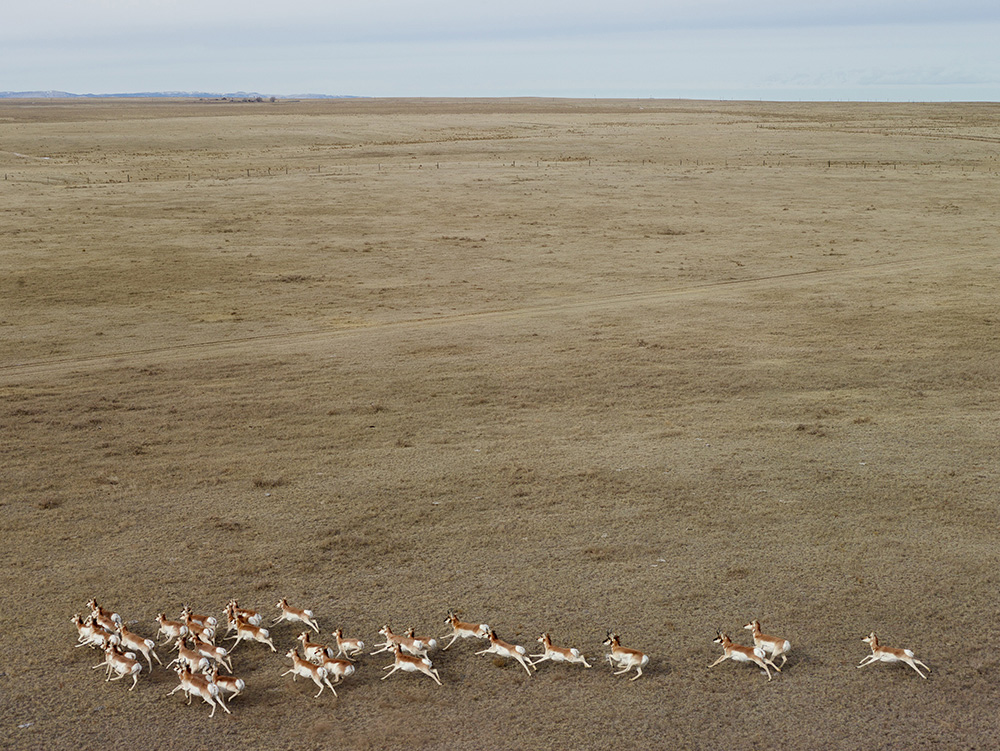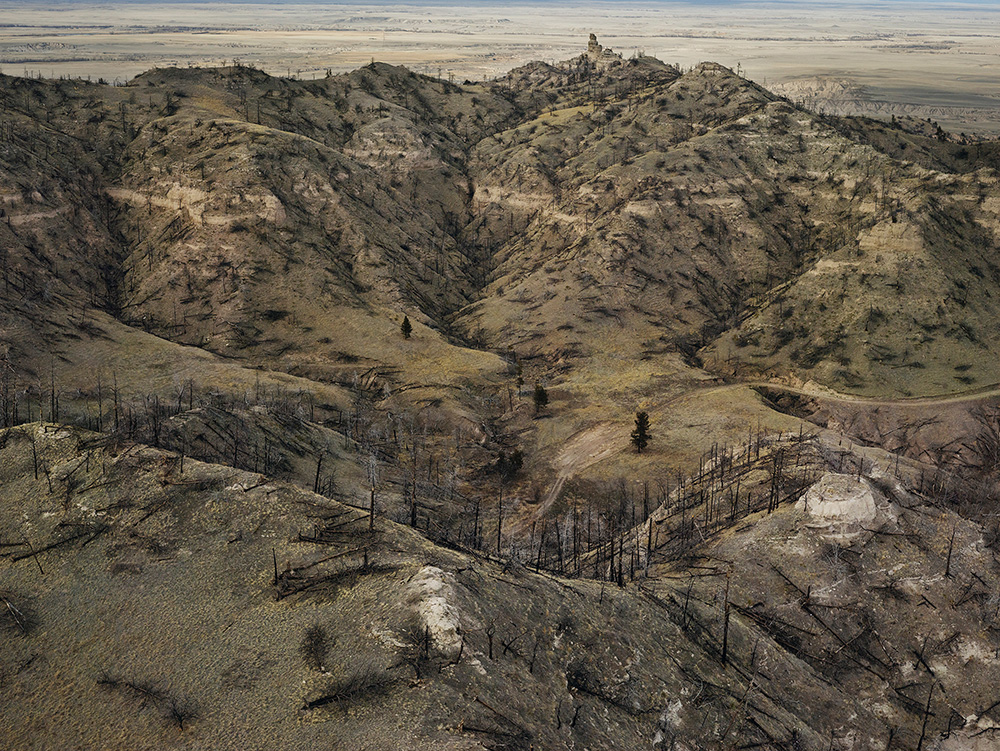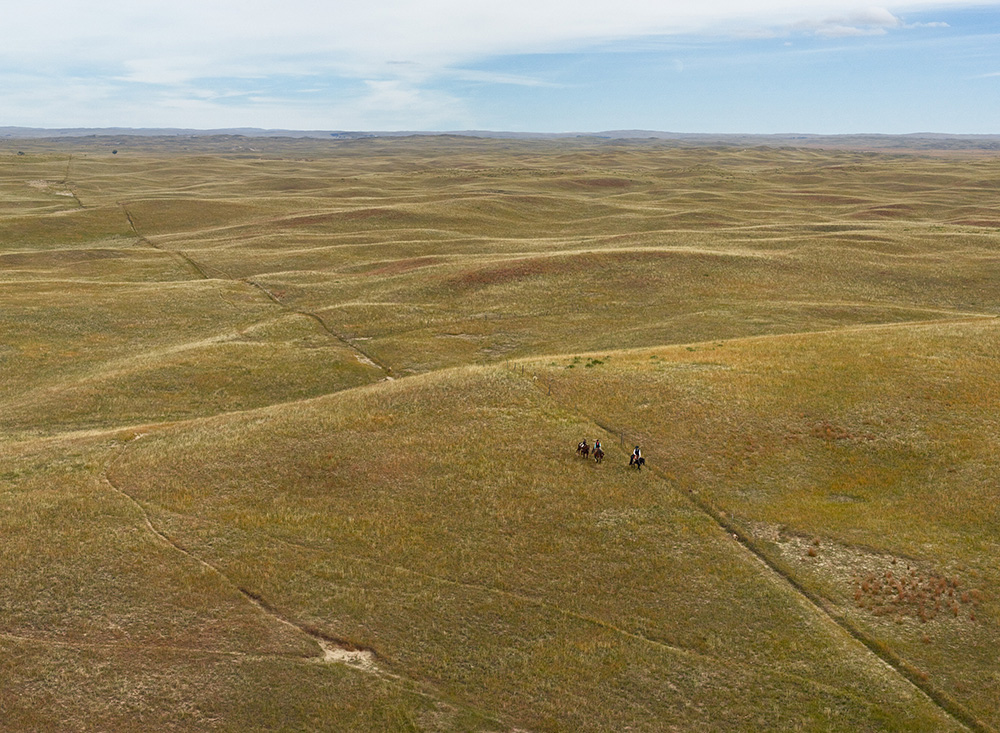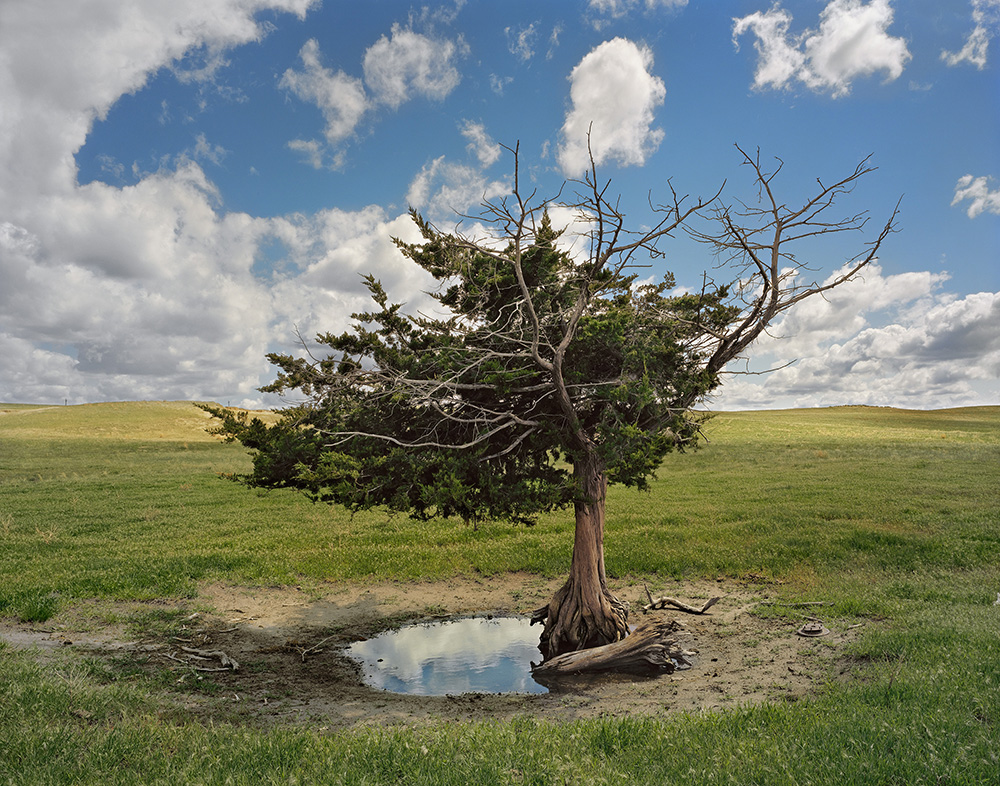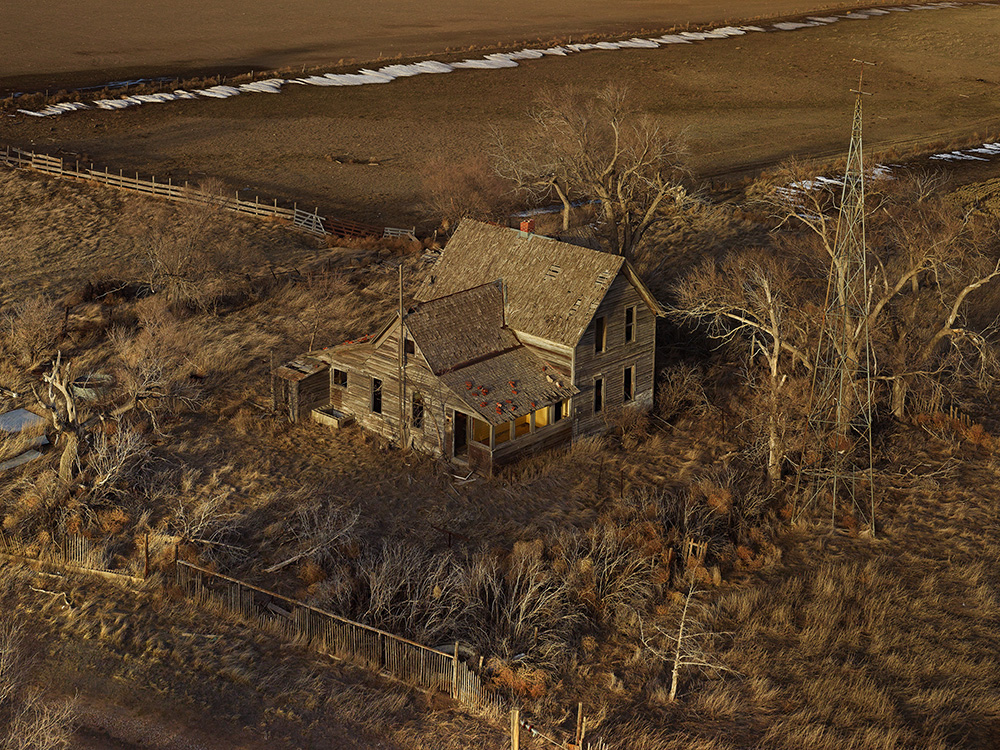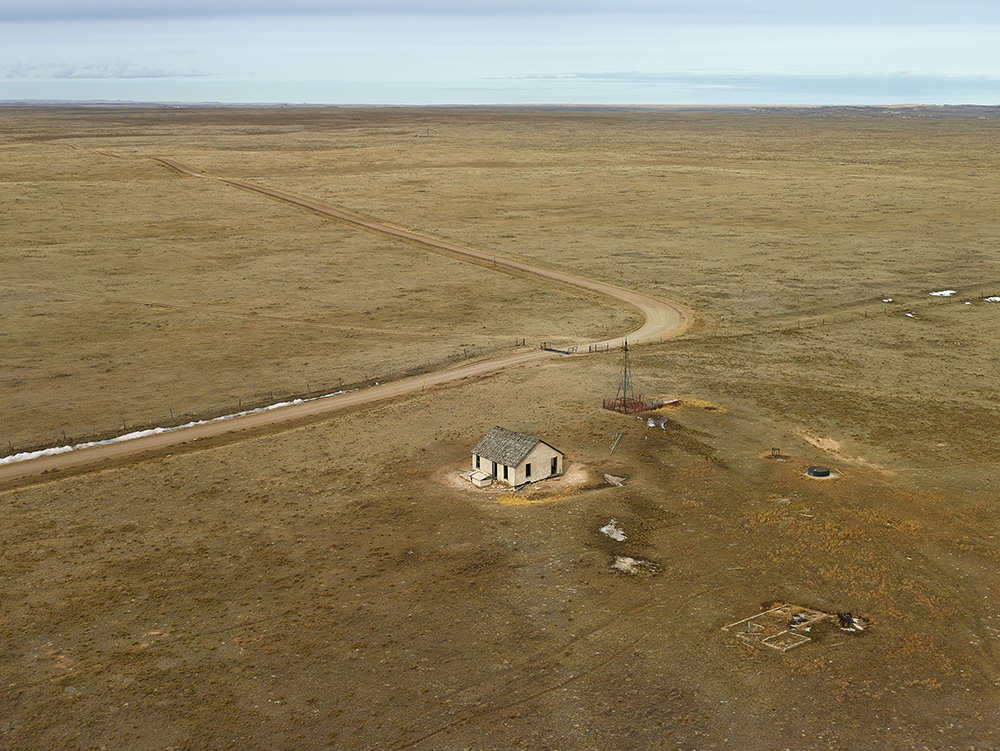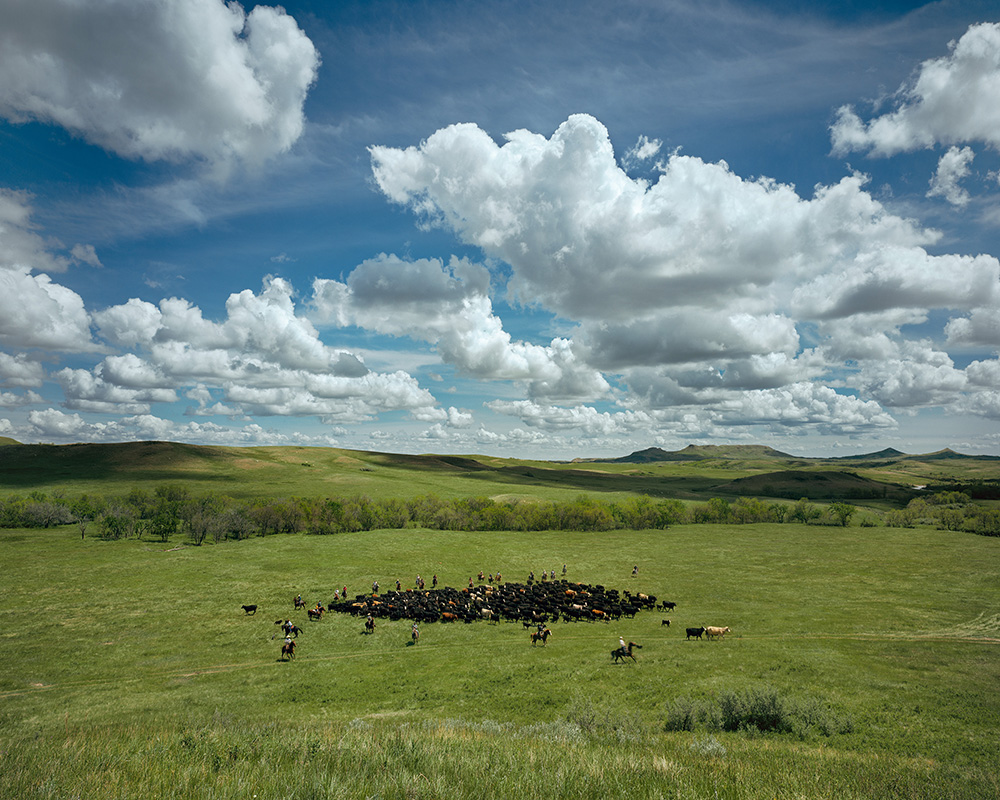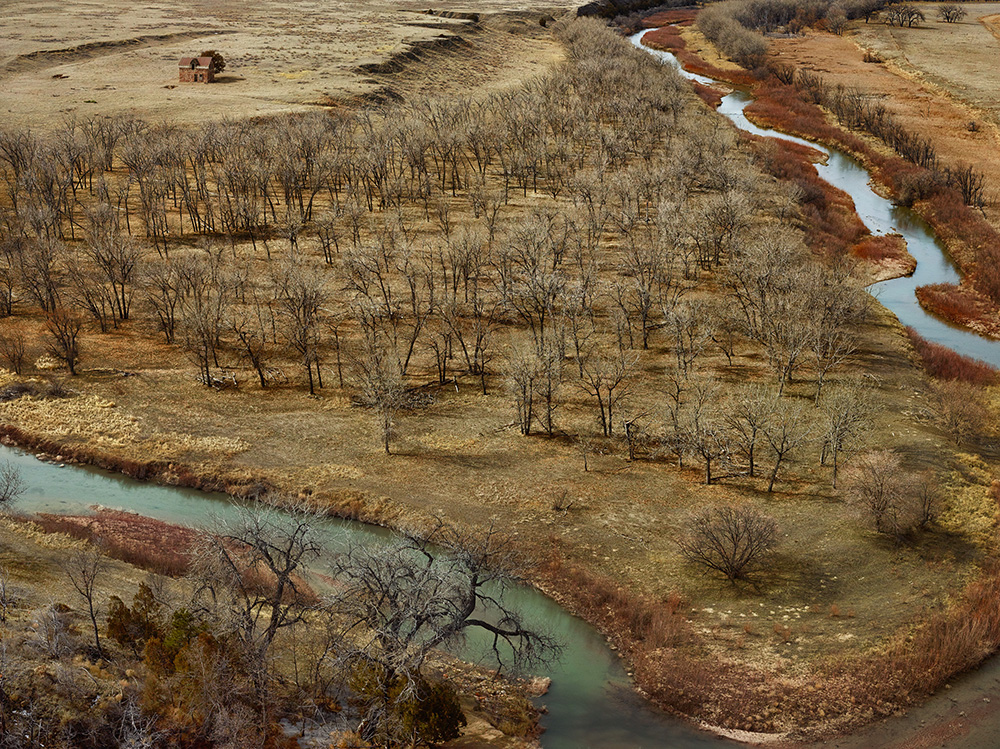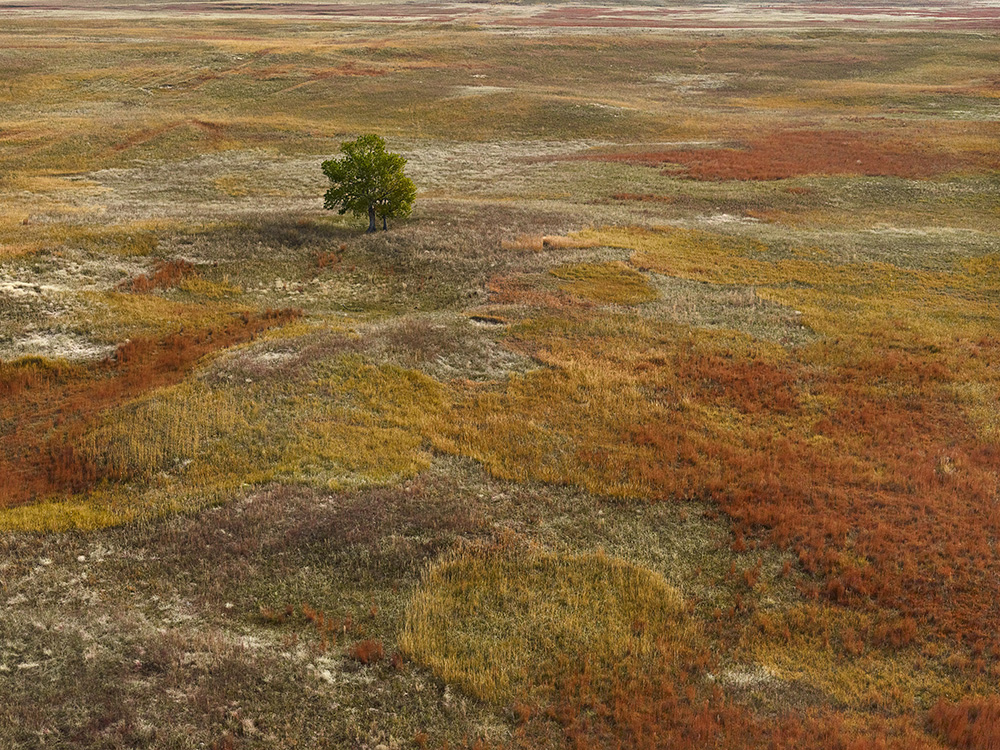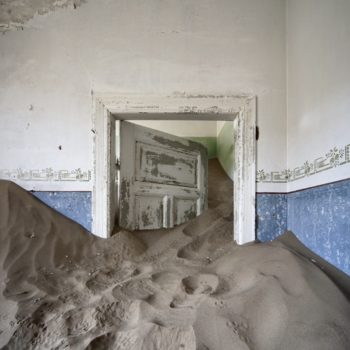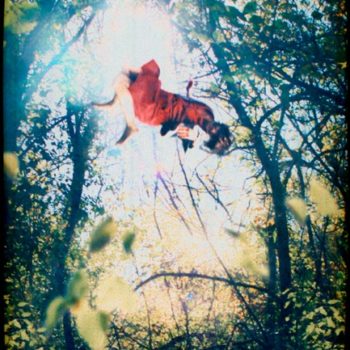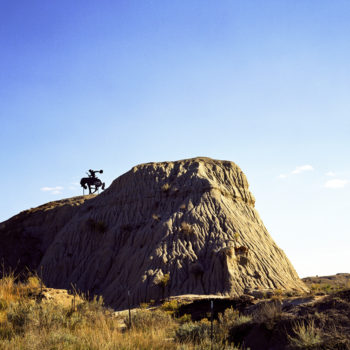After coming across Andrew Moore’s Dirt Meridian, I’ve decided to add aerial pictures of the Midwest to my list of favorite types of photography. Like the work of Terry Evans, Moore’s photographs showcase the qualities of “flyover country” that make this land unlike anywhere else. The grandness and openness, the harshness and desolation, the feeling that so much of it is untouched and unbothered, or maybe just well cared for or left in peace. With reverence, Moore captures an indescribable vastness and a special kind of beauty of the High Plains.
From a statement in Moore’s 2015 book, Dirt Meridian: No longitude in the United States carries the weight of the 100th Meridian. It’s the dividing line that bisects the country almost exactly in half between the green fertile east and arid lands of the west. It’s a land of invisible histories where there is much more than meets the eye. Yet today, it remains most commonly known as “Flyover Country”.
Photographer Andrew Moore brings this land to life in Dirt Meridian, interlacing its storied past to a vital but uncertain future. Having worked this line since 2005, Moore combines aerial and traditional large-format photography to depict the restrained, almost elusive, terrain, and the stories of families defiantly connected to the challenging landscape along the area west of the 100th Meridian in North Dakota, South Dakota, Nebraska, Colorado, Texas and New Mexico.
Dirt Meridian is in part about the legacy of the settler’s ambition and failure on these arid high plains, as well as the evolving story of this region of the country. In a time when climate change, drought and energy exploration are increasingly at the forefront of national concerns, the book speaks of a land subject to extreme weather conditions, where water and resources have always been scarce.
To capture the expanse of the landscape Moore took to the air in a low-flying plane, using a specially modified, extremely high-resolution digital camera mounted under the wing. Flying close to the ground allowed a perspective in which the intimate seemed conjoined with the infinite. From above, the land is like one endless unpunctuated idea—sand, tumbleweed, turkey, bunch stem, buffalo, meadow, cow, rick of hay, creek, sunflower, sand—and only rarely does a house or a windmill or a barn suddenly appear to suspend the sense of limitlessness. In Dirt Meridian these isolated sites are used both directly and indirectly to address such motifs as drought and plenty, ambition and despair, the eternal and the ephemeral—themes so redolent along this overlooked dividing line of America.
From “Dirt Meridian”
Visit artist's site: andrewlmoore.com
Posted November 2nd, 2016

